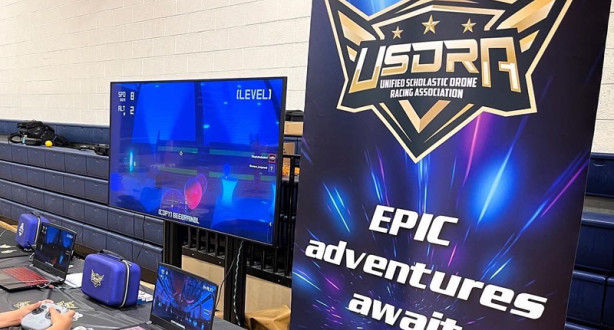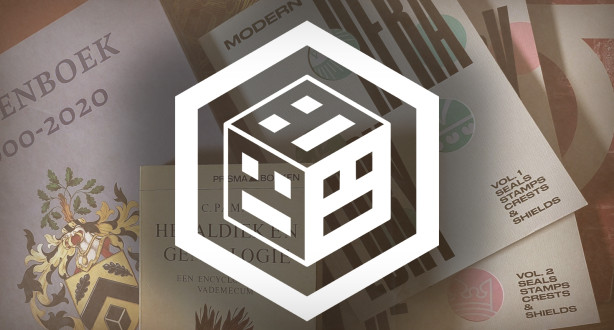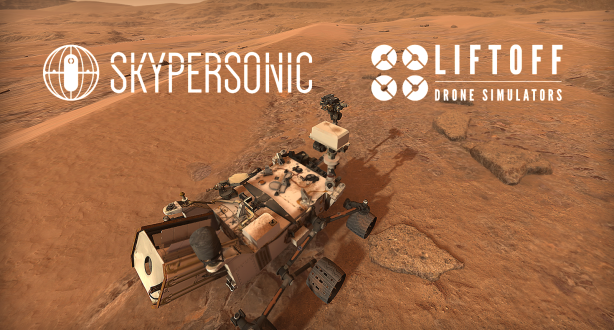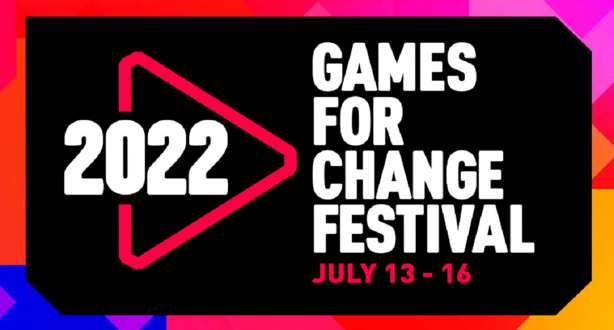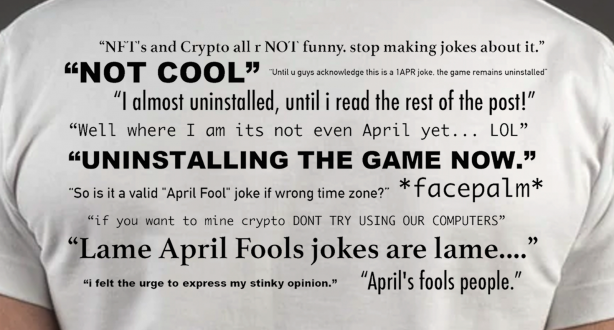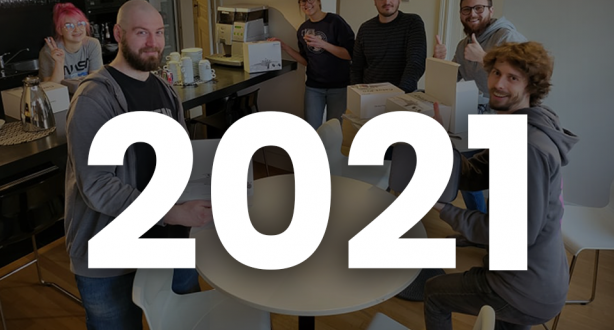

PR failure? Consider this!

You’ve put a lot of passion in your latest game project. It looks good, it plays great and your testers are nothing but positive about their sessions. Yet at launch you fail to gain any traction, no one is buying. It's a heartbreaking conclusion, that's all too common for indie developers. “Why? What did we do wrong?”
Asking that question always results in a textbook answer: your marketing failed. And yet, you’d argue that you took every textbook marketing step. The truth is that marketing a game has become extremely difficult, and classic methods are rarely enough to make a difference. There’s an immense amount of game announcements, releases and general news everyday. Games are competing not just for sales, but for a moment in the spotlight.
That surplus of news has forced game outlets, from classic websites to YouTube and Twitch channels, to become more selective in the content they bring. It’s all about the clicks. From an engagement point of view, it’s much more effective to cover yet another Skyrim release, an update to GTA Online, or the next Call of Duty, than it is to talk about some obscure developer teasing an unknown game. Most of the time, it's just not what their audience is looking for.
Gone are the days when sending out a press text to a bunch of press contacts will guarantee meaningful exposure. It’s a truth that even PR agencies struggle with, as their business often revolves around simple yet efficient cookie cutter methods of collecting press contacts, writing press texts and reporting back with “impressions” metrics. That simply doesn’t cut it anymore. The irony is: the smaller the game, the more effort it takes to get noticed, which often contradicts budgetary reality.
It’s not all doom and gloom, however. Of course, there are no sure-fire recipes for success, but while you are trying to find alternative approaches to game marketing, maybe consider... having some fun with it? Be creative about your approach. Writing and sending out press texts is not only ineffective, it's also kinda boring, isn’t it? Good marketing isn’t always measured in clicks, likes or responses. It’s about having a story worth telling, about creating awareness and about turning your existing community into a marketing ally. If you’re having fun, the work becomes more rewarding and effortless, and that makes the effort more worthwhile even if it fails. As a game developer you are selling people an experience. Try to make promoting it an experience as well.
There’s countless great examples of creative marketing tricks used by clever developers. From creating fun ARG experiences to promote their next game, or staging clever “gameplay leaks”, to hiding fun Easter Eggs in games, which then instantly go viral. It’s not our place to talk about those, however. What we can offer is some experiences with projects of our own. As always, be warned: these examples aim to inspire, but they are not a step-by-step tutorial, nor a foolproof road to success.
Creating initial hype
Over a year ago, we announced the next game in our drone racing simulator franchise: Liftoff: Micro Drones. Being the latest game in a series that has been running since 2015, we wanted to push the visuals of the game a bit, showcasing a more authentic visual experience. We could have released an announcement trailer focussing on the visuals, but instead we decided to have a bit of fun and troll our community.
Pretending to be a struggling drone pilot, we shared footage of a drone acting up because of some video interference issues. We asked the drone community if they could share their take on it. Many experienced pilots offered their expertise, making suggestions and giving tips on how to deal with our issue. Of course we didn’t tell them our evil mastermind secret… This wasn’t real drone footage, just a snippet of unedited footage of our yet unannounced game. No one had noticed. Needless to say that got the hype started for our new simulator. We had fun with this and we got our message across.
Turning your players into marketing allies
The success of our drone simulators has everything to do with involving our community in every step: from considering their ideas and suggestions, to involving them in playtesting, but most of all by counting on them to spread the word. To date more than 200 free updates have been released for our simulator Liftoff. We’ve poured millions into these updates, in a game that features neither subscriptions, microtransactions, nor any other kind of monetization. How do we justify that continued investment and still get a return on investment?
Well, the game just keeps selling at a consistent rate. Our players recommend our simulator to new pilots because it contains a lot of content, remains up-to-date, and there’s always something new to discover. Our simulator audience grows in lockstep with the drone hobby itself. As developers, there’s nothing that gives us more joy than being able to continue working on our passion project and our community enables us to do so.
We feel that’s worth celebrating. That’s why, since 2016 we’ve sent out over 400 physical medals to our community members. Our medals celebrate the best pilots in our community for winning in-game competitions, but we also have a community badge to reward community members who have proven themselves extraordinarily helpful, create great content, or who simply deserve to be put in the spotlight.
This is a win-win project: we get a kick out of it and our community members are excited. Liftoff medals are often shared online, bringing in the next group of fantastic community members. Our community is our best marketing channel.

Using the power of gameplay
LuGus Studios doesn’t just do simulators. Our recent turn-based hacking RPG Midnight Protocol is a real passion project that allowed us to show we’re not just a one trick pony.
That said, it’s also a great example of how a great game doesn’t automatically get great exposure. Even though Midnight Protocol is praised as one of the best looking hacking games to date, it obviously doesn't sell itself on its flashy graphics. The game is a “first person” hacking experience: the story is told through emails, the whole thing takes place in a fictional OS and the player controls gameplay with command-line input. In a genre that routinely shows armored heroes swinging massive broadswords at epic dragons in a castle-riddled landscape … an RPG featuring a collection of user interfaces doesn’t exactly get that same initial hype rolling.
Although our sales are good, we feel there’s a lot more potential! The PR people call this a slow burner: a good game in a niche genre that didn’t get wide press coverage upon release, but is expected to sell decently over time.. And yet, that doesn’t feel like a satisfying conclusion.
As an alternative approach, we are using the power of the game’s gameplay itself to create worthwhile press content. Midnight Protocol has been given the honor of an IGF nomination for Excellence in design, among other amazing games such as Unpacked, Inscryption and Strange Horticulture. In that strong lineup, Midnight Protocol decidedly is the underdog.
We decided to take on the challenge by releasing our custom campaign editor to the community and include a campaign that tells the story of how we won (or hacked?) our IGF nomination. Not only does this custom campaign give players a sense of ownership of the content, it also gives the Midnight Protocol community a fun way to experience the award in a more direct way. It helps us promote this achievement and we’ve had fun doing so!

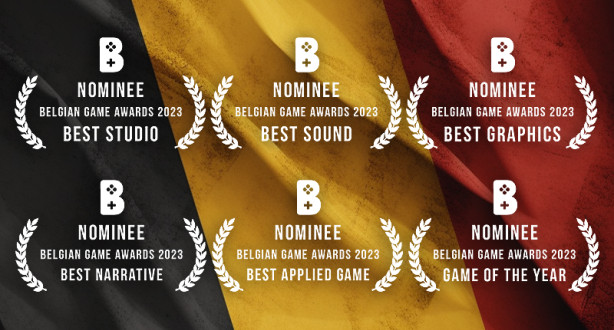
6 nominations - 2023 Belgian Game Awards
Soon its the Belgian Game Awards and we got a few nominations to be very excited about! Including for Game of The Year, Best Applied Game and Best Studio.
Read more


